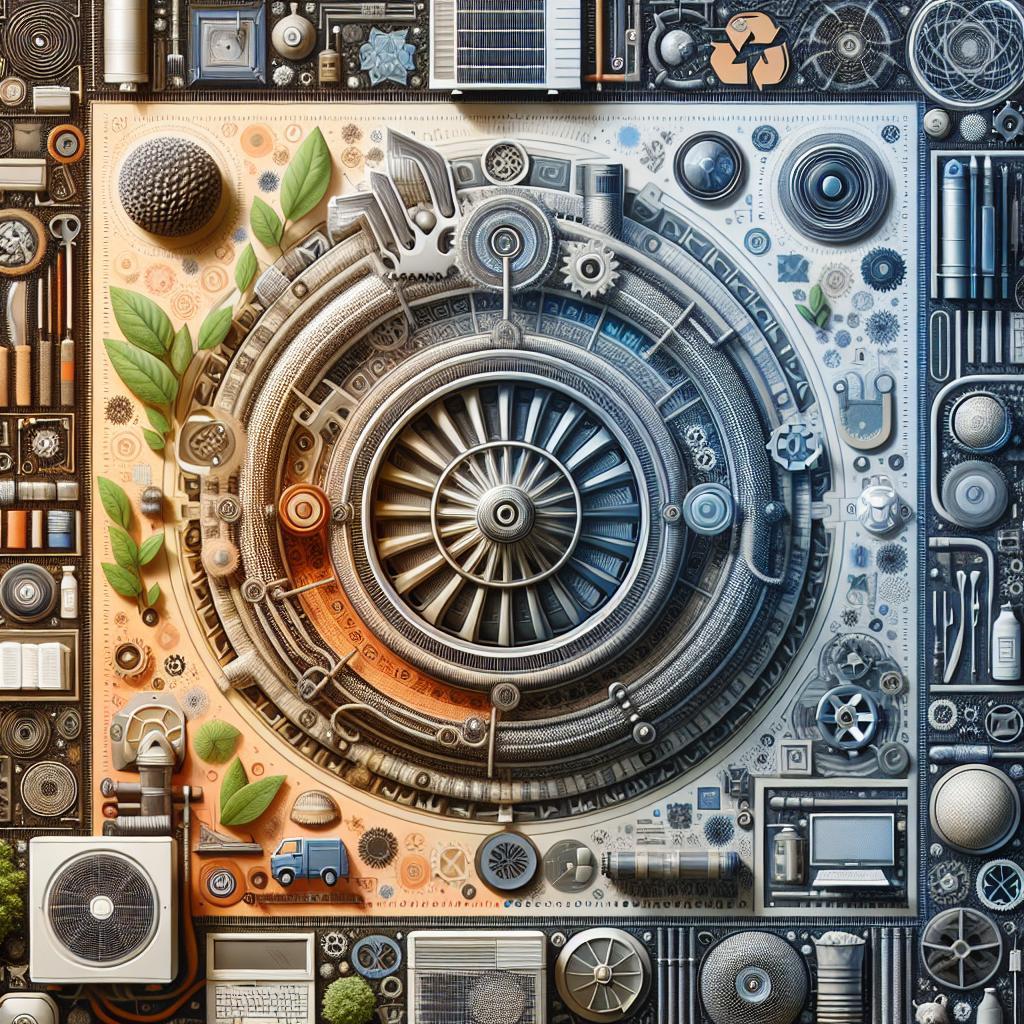Breathe Easy: A Comprehensive Guide to Cleaning Your HVAC System
As the seasons change and comfort becomes a priority in our homes, the importance of maintaining a clean HVAC system often gets swept under the rug—or, rather, under the air vents. Just like the arteries in our bodies, HVAC systems require regular care to ensure they function efficiently, delivering fresh, clean air when we need it most. Dust, allergens, and contaminants can accumulate over time, hampering air quality and putting unnecessary strain on your heating and cooling units. In this article, we will explore the step-by-step process of cleaning your HVAC system, revealing not only how to restore its performance but also how to enhance the air you breathe. Whether you’re a seasoned DIY enthusiast or a first-time cleaner, these practical tips will empower you to take control of your indoor environment and enjoy the benefits of pure, revitalizing air.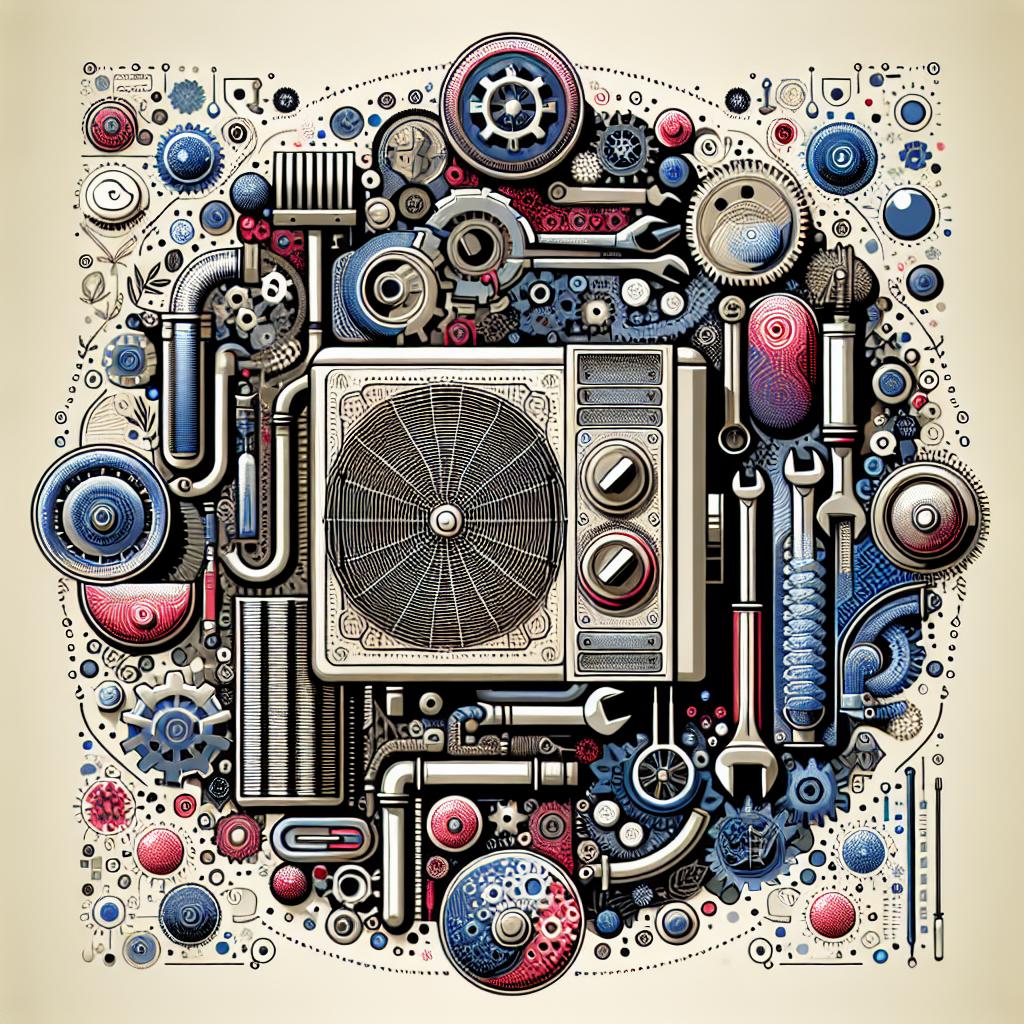
The Importance of Regular HVAC Maintenance
Regular HVAC maintenance is crucial for ensuring optimal performance and longevity of your system. It not only improves the efficiency of your heating and cooling units but also contributes to better indoor air quality. A well-maintained system can prevent unexpected breakdowns and expensive repairs, allowing you to enjoy a comfortable home year-round. Consider these key benefits:
- Energy Efficiency: Regularly cleaning and servicing your system helps it to run more efficiently, which can lead to lower energy bills.
- Extended Lifespan: Routine maintenance can significantly extend the lifespan of your HVAC system, reducing the need for premature replacements.
- Improved Air Quality: Cleaning your HVAC units and changing filters regularly helps minimize allergens and improves the air quality in your home.
- Safety: Securing professional maintenance can prevent potential hazards such as gas leaks or electrical issues.
To effectively maintain your HVAC system, it’s wise to schedule at least two service appointments a year—one in the spring and one in the fall. This will help ensure your system is ready for the demands of summer cooling and winter heating. Regular tasks include:
- Changing Air Filters: A simple yet effective task that should be done every 1-3 months.
- Cleaning Coils: Keeping evaporator and condenser coils clean improves the efficiency of your system.
- Inspections: Regular inspections by a certified technician can catch potential issues before they arise.
By prioritizing routine maintenance, you’re not only investing in your comfort but also in the overall health of your home environment.
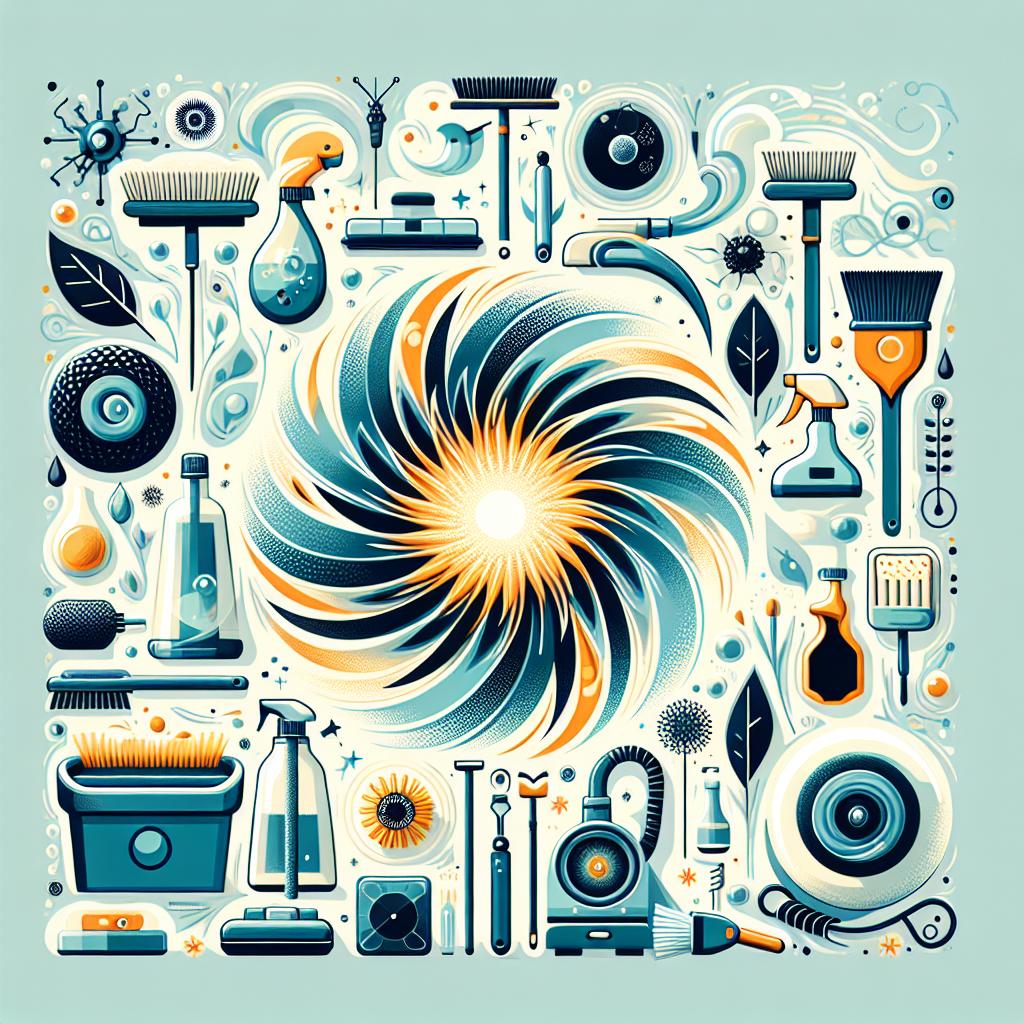
Essential Tools and Supplies for Effective Cleaning
To achieve a thorough and effective HVAC cleaning, having the right tools and supplies is crucial. Start by gathering basic cleaning equipment that will help you tackle various components of your system. Here’s a list of essential items:
- Soft-bristle brushes: Ideal for gently removing dust and debris without damaging delicate parts.
- Vacuum cleaner with a HEPA filter: Essential for trapping small particles and preventing them from re-entering the air.
- Microfiber cloths: Perfect for detailed cleaning and wiping down surfaces.
- Coil cleaner spray: Specifically designed to dissolve dirt on coils without harming the fins.
Additionally, consider using some safety equipment to protect yourself during the cleaning process. This can include:
- Gloves: To shield your hands from harsh chemicals and debris.
- Safety goggles: To protect your eyes from dust and cleaning agents.
- Respirator mask: Important for preventing inhalation of dust and fumes while working.
| Tool/Supply | Purpose |
|---|---|
| Soft-bristle brushes | Remove dust and dirt gently |
| Vacuum cleaner (HEPA) | Traps fine particles |
| Microfiber cloths | Wipe down surfaces |
| Coil cleaner spray | Dissolves dirt on coils |
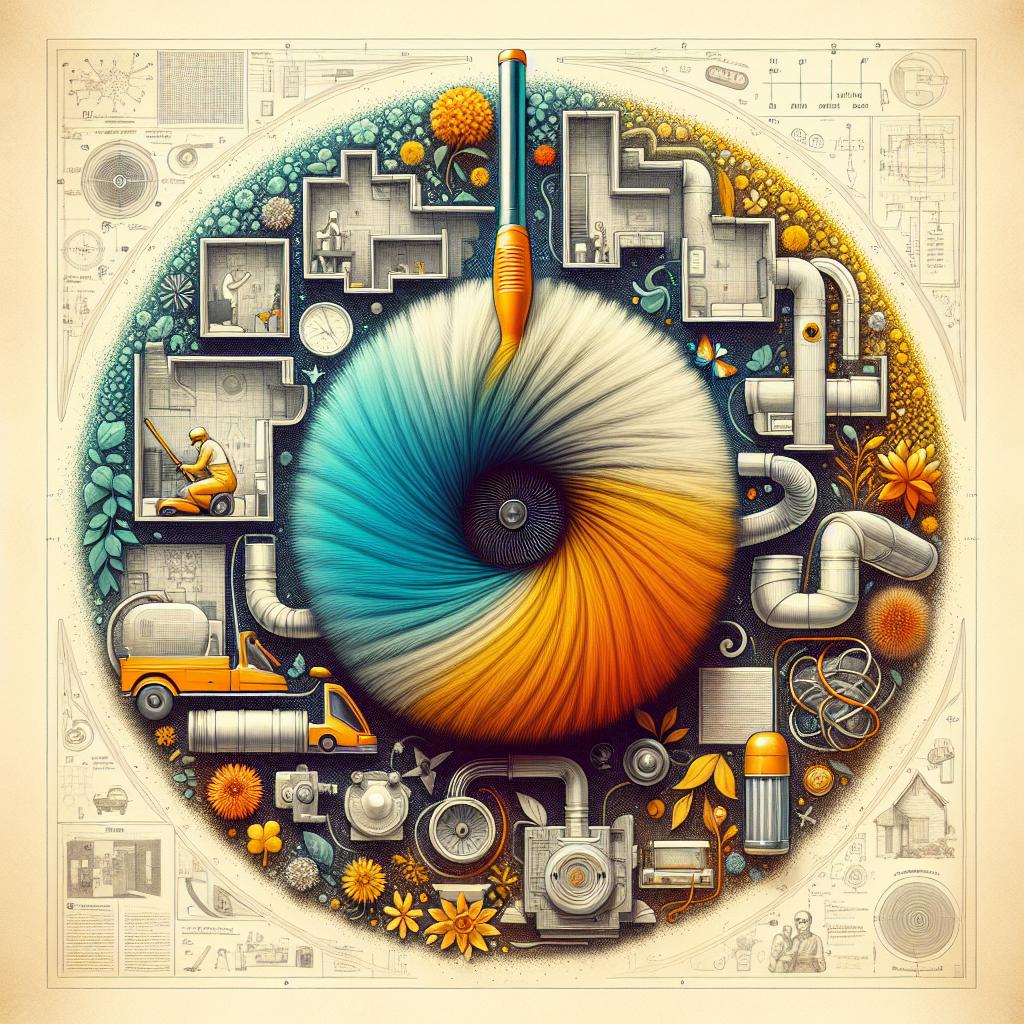
Step-by-Step Guide to Cleaning Your HVAC System
To kick off the cleaning process, start by turning off your HVAC system for safety. After ensuring that it’s powered down, remove the return air grille and any access panels. Dust and debris tend to accumulate in these areas, so use a vacuum with a brush attachment for a thorough cleaning. Don’t forget to wipe down the grille and panels separately. Next, pay attention to the air filters; replace or clean them based on their type. A clogged filter can impede airflow and reduce system efficiency, so make this a priority every few months.
Once you’ve tackled the easily accessible parts, shift your focus to the blower and evaporator coils. Carefully check for any buildup and use a soft brush to remove any dirt. If you’re comfortable and have the right tools, consider using a coil cleaner for more stubborn residues. After cleaning these critical components, take a moment to inspect the drain line for clogs. You can flush it with vinegar or a specialized cleaner to promote better drainage. reassemble everything, turn the system back on, and celebrate your hard work by enjoying clean, fresh air circulating throughout your home!
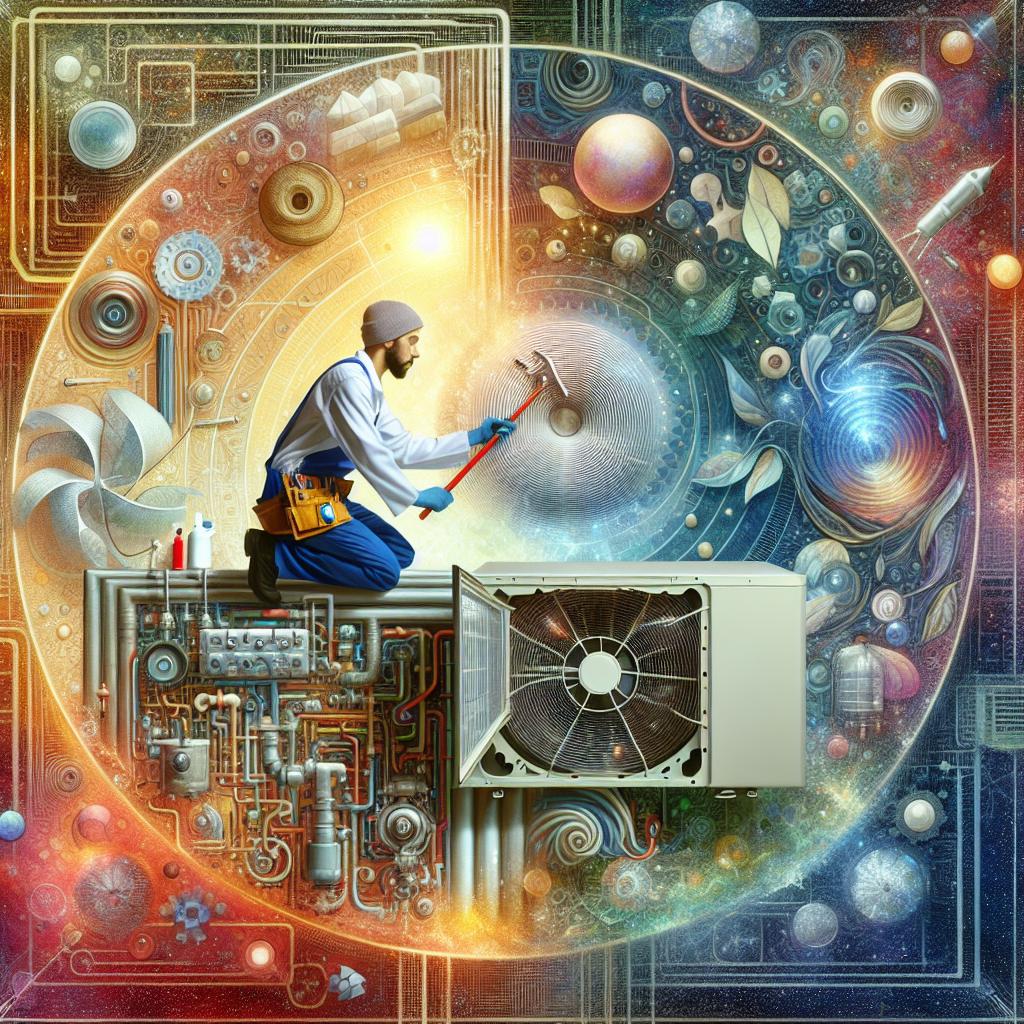
Troubleshooting Common HVAC Issues During Cleaning
When performing maintenance and cleaning on your HVAC system, you may encounter a few common issues that can hinder the process. Clogged air filters are one of the primary culprits that can lead to reduced airflow and efficiency. Regular checks and replacements ensure optimal operation. Another frequent problem is dirt accumulation on the condenser coils, which can significantly affect cooling performance. It’s essential to inspect and clean these coils using a soft brush or a specialized coil cleaner to restore airflow and efficiency.
In addition, frozen evaporator coils can pose a challenge during cleaning. This may happen if airflow is restricted or if refrigerant levels are low, leading to ice formation. Before cleaning, make sure to shut down the system and allow it to defrost fully. While attending to these issues, keep an eye out for unusual noises or smells that may indicate other underlying problems such as motor failure or electrical issues—both of which should be addressed by a professional. Here’s a quick troubleshooting guide:
| Problem | Possible Solution |
|---|---|
| Clogged Air Filters | Replace with new filters. |
| Dirt on Condenser Coils | Clean with brush or coil cleaner. |
| Frozen Evaporator Coils | Shut down system and let it defrost. |
| Unusual Noises | Inspect for loose components. |
| Strange Smells | Check for burnt wires or insulation. |
Q&A
Q&A: How to Clean Your HVAC System
Q1: Why is it important to clean my HVAC system?
A: Keeping your HVAC system clean is essential for optimal performance and longevity. A clean system improves air quality, increases efficiency, and can even lower energy bills. Additionally, regular maintenance can extend the lifespan of your unit, delaying costly replacements.
Q2: What are the main components of an HVAC system that need cleaning?
A: The primary components include the air filter, coils, drain pan, and ductwork. Each plays a critical role in ensuring your system runs smoothly, and neglecting them can lead to reduced efficiency and potential malfunctions.
Q3: How often should I clean my HVAC system?
A: It is advisable to check and replace air filters every 1 to 3 months, depending on usage and allergens in your area. A deeper cleaning of coils and ductwork can be done at least once a year. However, households with pets or heavy allergens may benefit from more frequent cleanings.
Q4: What tools do I need for DIY HVAC cleaning?
A: For basic cleaning, you’ll need:
- A vacuum with a brush attachment
- Soft bristle brushes
- Rags or microfiber cloths
- Water and mild detergent
- A filter replacement for your specific HVAC model
Always remember to switch off the power before starting any cleaning!
Q5: Can I clean my HVAC ducts myself?
A: While you can clean certain aspects of your HVAC system, duct cleaning often requires professional expertise, especially if there’s significant accumulation of dust or mold. DIY methods may not reach deep into the ductwork and could inadvertently push debris further along, creating blockages.
Q6: What are the steps to clean my HVAC system?
A:
- Turn off the HVAC system completely.
- Replace or clean the air filters.
- Remove dust and debris from the blower and evaporator coils using a soft brush and vacuum.
- Clean the drain pan and ensure the drain line is clear.
- Wipe down accessible parts with a damp cloth.
- Schedule professional duct cleaning if necessary.
Q7: Are there any signs my HVAC system needs cleaning?
A: Absolutely! Look for increased energy bills, unusual noises (like rattling or hissing), reduced airflow, or a musty smell when the system is running. These can all indicate that your system is not functioning optimally and may require cleaning.
Q8: What are the benefits of hiring a professional for HVAC cleaning?
A: Professionals have the right tools, techniques, and expertise to effectively clean your system without damaging it. They can also identify any potential issues that could affect performance and provide maintenance to improve efficiency and air quality further.
Q9: What are the risks of neglecting HVAC cleaning?
A: Ignoring cleaning can lead to a variety of problems including increased energy consumption, potential breakdowns, and even health hazards from poor air quality. In the long term, neglecting maintenance can result in premature system failure, leading to expensive repairs or replacements.
Q10: Any final tips for maintaining a clean HVAC system?
A: Besides regular cleaning, consider using high-efficiency filters, keeping the area around your HVAC unit clear of debris, and scheduling seasonal maintenance checks. These practices will enhance efficiency, improve air hygiene, and ensure your home stays comfortable year-round!
Final Thoughts
As we conclude our journey through the intricate world of HVAC cleaning, it’s clear that this maintenance task is more than just a chore; it’s an investment in comfort, efficiency, and health. Each step, from changing filters to deep-cleaning ducts, plays a pivotal role in ensuring that your system runs smoothly and effectively. So, armed with the knowledge gathered from this guide, take the initiative to bring clarity and freshness into the air you breathe.
Remember, a well-maintained HVAC system not only enhances your home environment but also contributes to energy savings and longevity of your equipment. So, roll up your sleeves and make HVAC cleaning a part of your regular home maintenance routine. Your lungs, your wallet, and the environment will thank you. Until next time, breathe easy and enjoy the benefits of fresh, clean air!

